通过 Dynamicloud 的 Lonline 记录您的应用程序的信息
可用性
让我们开始考虑可用性
“系统的可用性通常以其可靠性来衡量——可靠性越高,可用性也就越高。”(维基百科)
在尝试创建可靠的系统时,可用性非常重要。但是,我们如何提供这种系统以及如何创建/提供让我们感到舒适的东西?
可靠系统或应用程序的特点
- 始终可用
- 使用一整套测试用例构建
- 包含集成的诊断工具
- 具有实时监控
- 限制外部客户端的访问
- 实时记录所有潜在错误
实时记录每个潜在错误
在开发应用时,记录程序是一项重要任务,因为它可以让您更详细地了解应用的行为和性能。这样,每当您发现产品中的错误时,您就可以构建修复程序并执行决策。
现在检查日志结果非常困难,因为日志通常驻留在服务器、虚拟化、虚拟服务器或云服务中。
介绍
Lonline允许您将程序登录到云中,并由 Dynamicloud 服务提供支持。基于云的日志记录避免了服务器访问和磁盘使用。Lonline 提供 6 个级别的日志记录和 2 种执行报告的方法。其 Dynamicloud 服务方便了数据存储和访问。此外,Lonline 允许您设置更多功能,从而跟踪的不仅仅是文本、级别和程序轨迹。
在本指南中,我将介绍以下内容:
依赖项
Lonline 有一个依赖项: Dynamicloud Nodejs API
Dynamicloud还提供 Java 和 Ruby 语言的 API,因此您可以在 Java 或 Ruby 程序中使用 Lonline。
安装
您可以使用 Node 包管理器 (npm) 命令在系统中安装此模块:
npm 安装 lonline
设置
Lonline 需要配置基本设置。这些设置位于 Lonline 软件包附带的“设置”文件中。
这些是 Lonline 的设置:
/**
* Options Documentation:
*/
var ops = {
//OPTIONAL: This is the current logger object you're using in your program.
//Lonline will call the same function in legacy object, for example:
//lonlineLogger.error("It couldn't process the data");
// The line above will execute the method error from legacy object passing the log
// and the error as follow: legacyObject.error(log, error);
legacy: myOwnLogger
//OPTIONAL: This attribute indicates the path to load the settings, if this attribute is present all the
//below attributes will be skipped.
//This file must be a compatible json file.
fileName: '../setting.json',
//This attribute indicates the level of lonline
//The following table is an explanation of levels in Lonline (Descriptions from the great Java Log4j library):
//------------------------------------------------------------------------------------------------------------
//| Level | Activated levels | Description |
//------------------------------------------------------------------------------------------------------------
//| fatal | Fatal | Designates very severe error events that will presumably lead |
//| | | the application to abort. |
//------------------------------------------------------------------------------------------------------------
//| error | Fatal, Error | Designates error events that might still allow the application |
//| | | to continue running. |
//------------------------------------------------------------------------------------------------------------
//| warn | Fatal, Error, Warn | Designates potentially harmful situations. |
//------------------------------------------------------------------------------------------------------------
//| info | Fatal, Error, Warn, Info | Designates informational messages that highlight the progress |
//| | | of the application at coarse-grained level. |
//------------------------------------------------------------------------------------------------------------
//| debug | Fatal, Error, Info, Warn | Designates fine-grained informational events that are most |
//| | Debug | useful to debug an application. |
//------------------------------------------------------------------------------------------------------------
//| trace | All levels | Traces the code execution between methods, lines, etc. |
//------------------------------------------------------------------------------------------------------------
//| off | None | The highest possible rank and is intended to turn off logging. |
//------------------------------------------------------------------------------------------------------------
level: 'error',
//Credentials for REST APIs
//Go to https://www.dynamicloud.org/manage and get the API keys available in your profile
//If you don't have an account in Dynamicloud, visit https://www.dynamicloud.org/signupform
//You can easily use a social network to sign up
csk: 'csk#...',
aci: 'aci#...',
//This is the model identifier for test and development environment
//The model contains the structure to store logs into the cloud
//For more information about models in Dynamicloud visit https://www.dynamicloud.org/documents/mfdoc
modelIdentifier: 000,
//OPTIONAL: Shows every warning like rejected request from Dynamicloud and other warnings in lonline
warning: true,
//OPTIONAL: report_limit indicates how many records lonline will execute to fetch data from Dynamicloud.
//If you need to increase this value, please think about the available requests per month in your account.
//Dynamicloud uses a limit of records per request, at this time the max records per request is 20. So,
//report_limit=100 are 5 request.
reportLimit: 100,
//Send the backtrace (the ordered method calls) of the log. If you want to avoid this sets to false
backtrace: true,
};
Lonline 允许您将设置放入文件中。必须通过属性fileName传递文件的路径。
//OPTIONAL: This attribute indicates the path to load the settings, if this attribute is present all the
//below attributes will be skipped.
//This file must be a compatible json file.
fileName: "../settings.json";
设置.json
{
"csk": "csk#...",
"aci": "aci#...",
"modelIdentifier": 000,
"backtrace": true,
"level": "trace"
}
Dynamiccloud 帐户
Lonline 需要 Dynamicloud 帐户的 API 凭据。这些凭据允许 Lonline 访问您帐户的结构(模型)。您帐户中的必需模型应由至少包含三个字段的模型组成。有关 Dynamicloud 中的模型和字段的更多信息,请访问其文档“模型和字段”
*让我们在 Dynamicloud 中设置您的帐户。别担心,这很容易:**
- 在 Dynamiccloud 中注册(您可以使用 Google、Linkedin 或 Github 帐户来加快注册速度)
- 单击实时仪表板上的“添加字段”链接。这里您需要添加三个字段:
a.字段:
| 字段标识符 | 字段标签 | 现场评论 | 字段类型 | 表单中有必填字段吗? |
|---|---|---|---|---|
| 線上文本 | 日志文本 | 包含此日志的踪迹 | 文本区域 | 是的 |
| 网上水平 | 日志级别 | 包含日志级别 | 组合框 | 是的 |
| 网上追踪 | 完整追踪 | 包含日志的完整踪迹 | 文本区域 | 不 |
b. lonlinelevel是一个组合框。您需要添加以下选项:
| 价值 | 文本 |
|---|---|
| 致命的 | 致命的 |
| 错误 | 错误 |
| 警告 | 警告 |
| 信息 | 信息 |
| 调试 | 调试 |
| 痕迹 | 痕迹 |
要添加这些选项,请按照以下步骤操作:
- 单击实时仪表板上的“全局字段”链接
- 在字段表中,找到标识符为lonlinelevel的行
- 点击管理项目链接。将显示一个空的项目列表,然后单击添加新按钮并填写值和文本字段
- 步骤三应执行六次:每个可用级别(严重、错误、警告、信息、调试和跟踪)执行一次。
c.添加模型
模型是这些字段的容器。要添加模型:
- 单击实时仪表板上的添加模型链接
- 填写必填字段名称并设置描述(可选)
- 按下按钮创建
- 在模型列表中,模型框有一个带有模型 ID 的标题,复制该 ID 并将其放入您的settings.json文件中。
免责声明:本内容来源于第三方作者授权、网友推荐或互联网整理,旨在为广大用户提供学习与参考之用。所有文本和图片版权归原创网站或作者本人所有,其观点并不代表本站立场。如有任何版权侵犯或转载不当之情况,请与我们取得联系,我们将尽快进行相关处理与修改。感谢您的理解与支持!







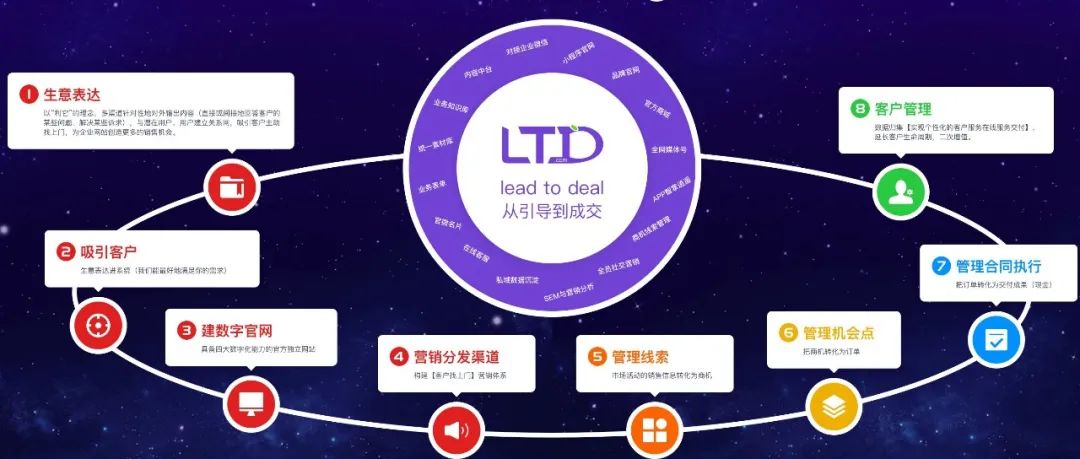

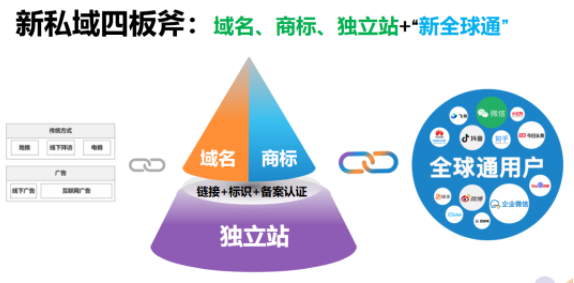


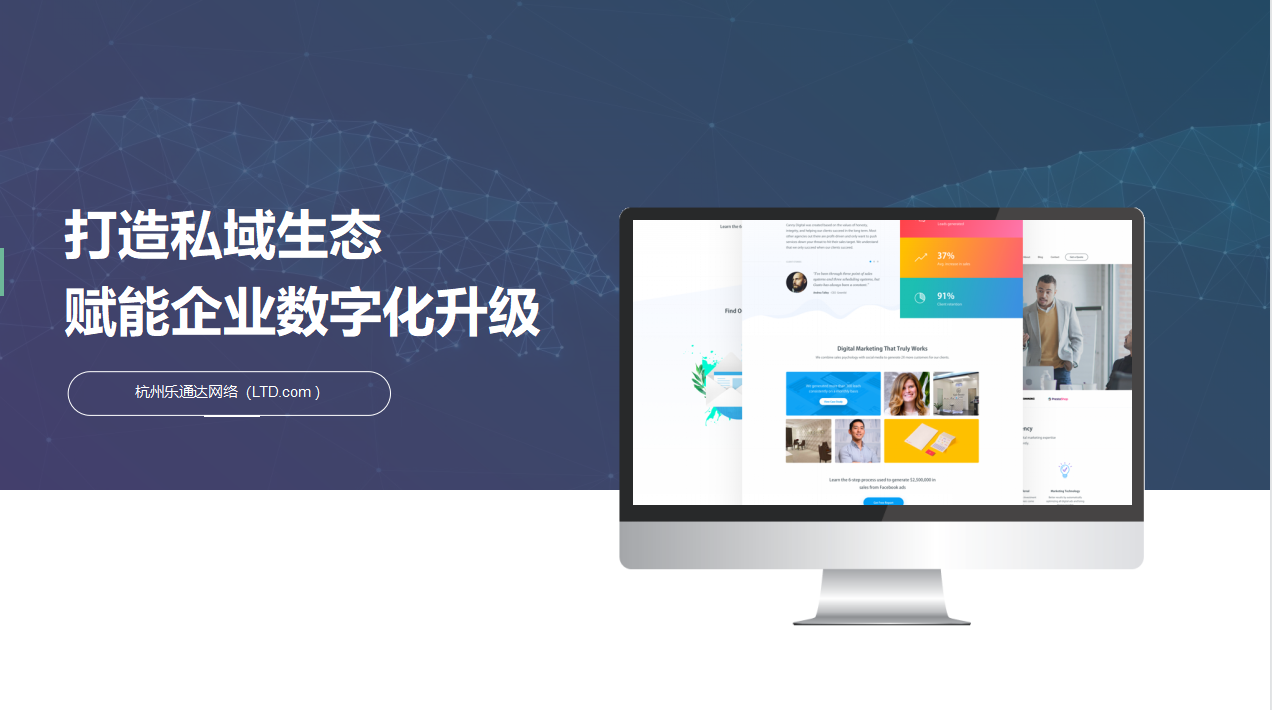
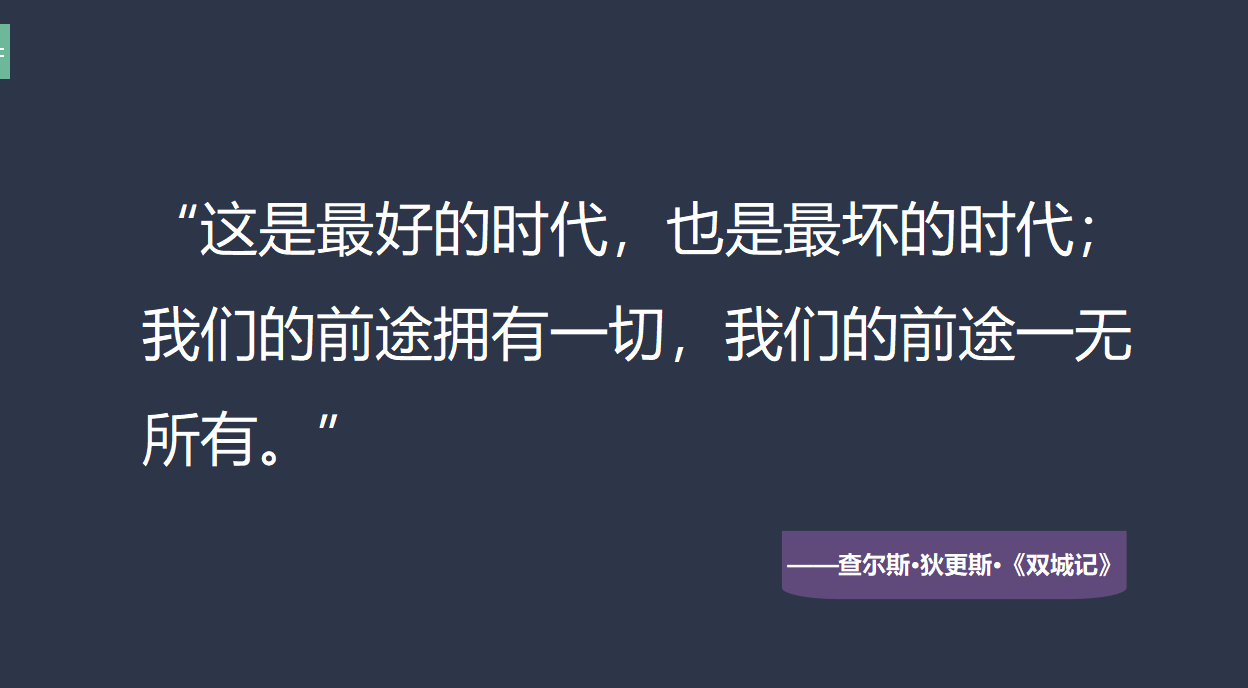



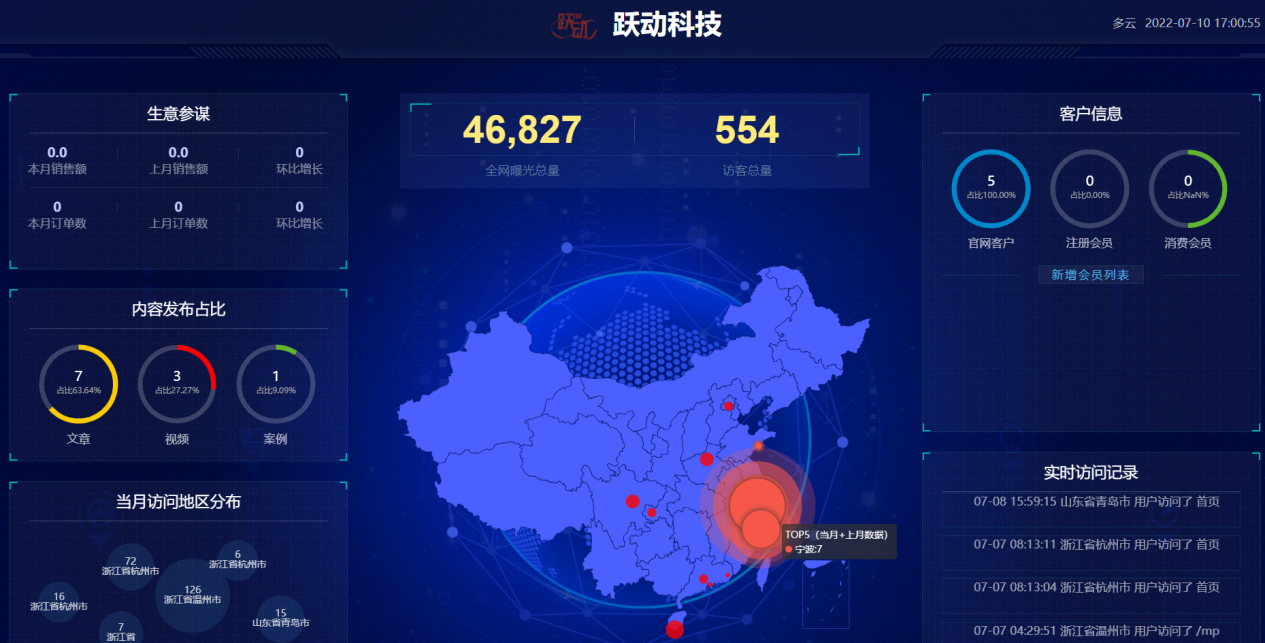

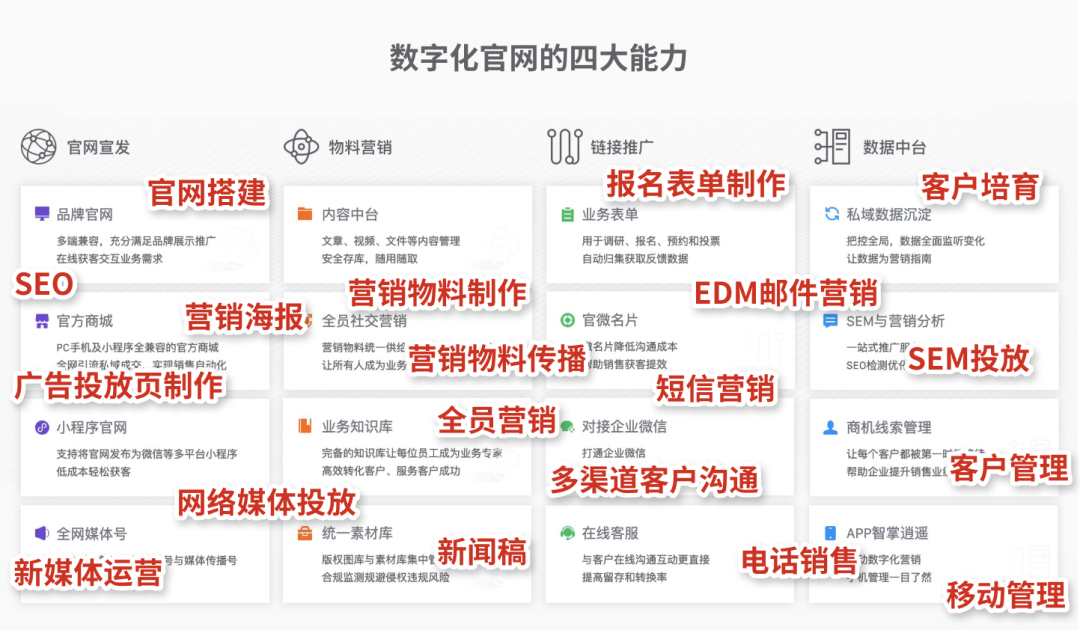





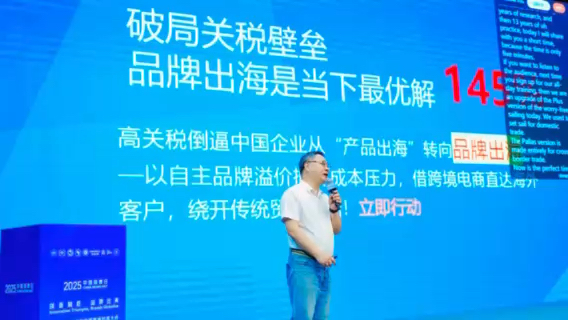









请先 登录后发表评论 ~